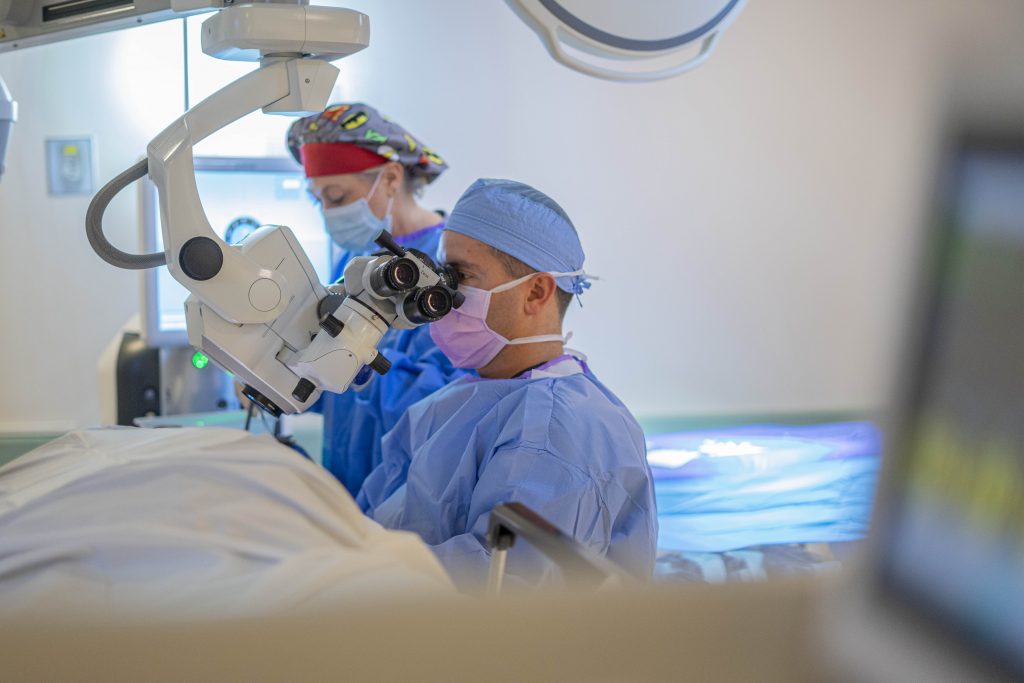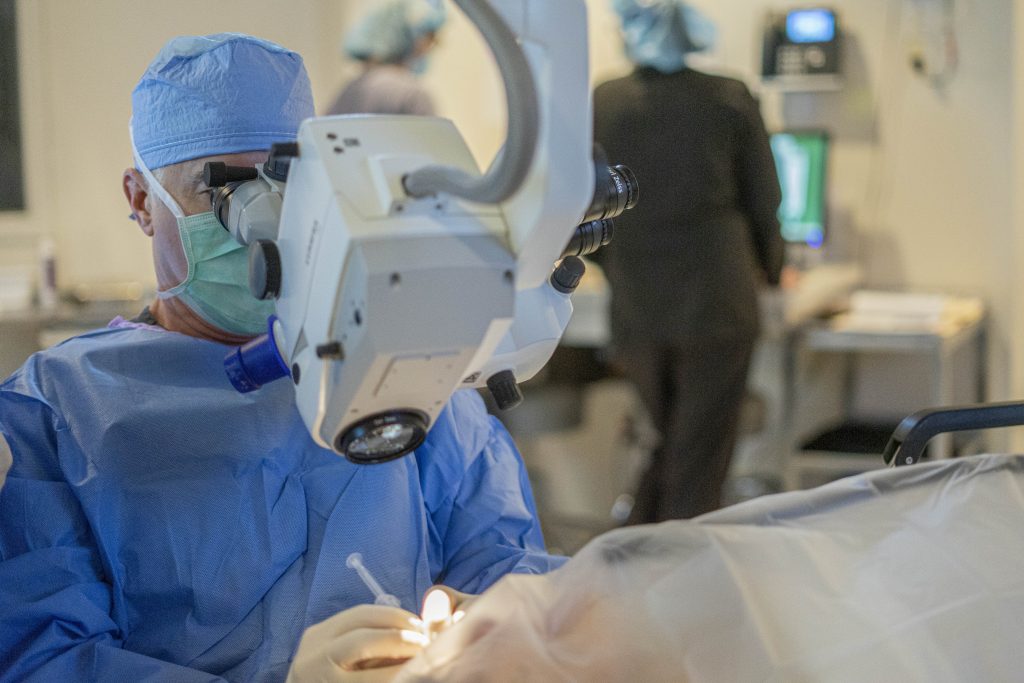
May 27, 2020
6 FACTS ABOUT CATARACTS
1. There are different types of cataract.
The most common type is called a nuclear cataract and is found in individuals over 40. This formation occurs mainly in the center of the eye.
Another type of cataract is called a cortical cataract. This cataract is often wedge-shaped and develops at the edge of the lens instead of the center.
A posterior subcapsular cataract generally forms at the back of the lens and ultimately blocks light rays. This particular type of cataract usually develops more rapidly than nuclear and cortical cataracts.

2. Babies are sometimes born with Cataracts.
When a baby is born with a cataract or develops it during early childhood, it is called a congenital cataract.
This can be due to multiple factors such as genetics, certain health conditions, and trauma before birth.
Since early childhood development is so crucial, eye doctors want to make sure a cataract is found and treated early. If left unchecked, having a cataract can affect the normal development of the eye-brain connection, leading to vision loss. Doctors usually find congenital cataracts during routine infant exams.

3. Having diabetes increases the development of cataracts earlier in life.
The eye’s lens is nourished by the aqueous humor, a clear fluid in the front of the eye between the lens and the cornea. Aqueous humor provides oxygen and glucose for cells. When someone has glucose levels that are not regulated, the cells in the lens can become cloudy. Eventually, a cataract will form, making things appear blurry, faded, or shades of yellow.
4. Cataracts will not return after they are surgically removed.
This is our personal favorite and the reason why we love our calling! We get to help individuals see regain their eyesight…indefinitely!
With cataract surgery, your ophthalmologist replaces the cloudy natural lens of your eye with a clear artificial lens. The new lens does not become cloudy again. However, some people do develop what is called a “secondary” cataract later after surgery. This is when the thin membrane that holds the lens becomes cloudy. With a quick procedure called a YAG laser posterior capsulotomy, your ophthalmologist creates an opening in the cloudy capsule, allowing light to pass through again.

5. If you have a high degree of nearsightedness, you will have a higher risk of retinal detachment after cataract surgery.
Studies have shown that people who are nearsighted may have a greater chance of having a retinal detachment after this procedure. If you are very nearsighted and are considering cataract surgery, your surgeon can discuss both the risks and the benefits of performing this procedure.
6. The color of your eyes affects your risk of developing Cataracts.

This is incredibly fascinating and puzzling to Ophthalmologists.
Studies show that people with dark brown eyes have a higher risk of developing cataracts than people with lighter eyes.
